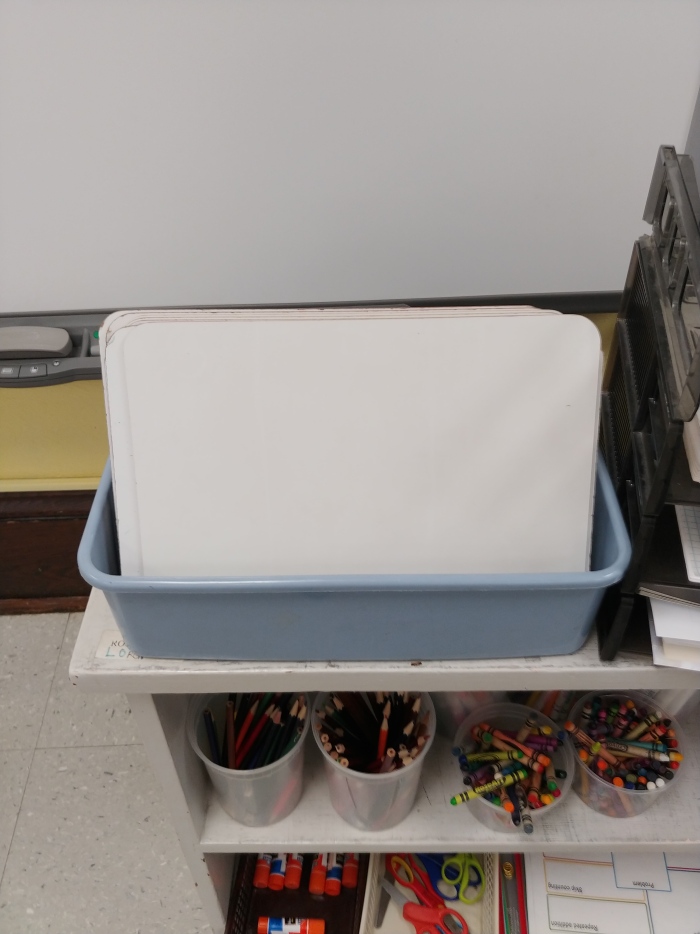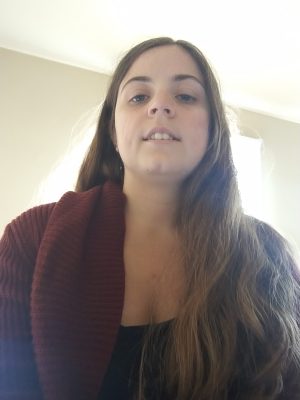The teacher understands and uses multiple methods of assessment to engage learners in their own growth, to monitor learner progress, and to guide the teacher’s and learner’s decision making.
How do teachers know what progress their students are making? Teachers will teach the content, but they have to know that the students are retaining what is being taught. Teachers monitor student progress through assessment. In other words, assessment is how teachers know that their students are learning the material they are teaching. Teachers can implement assessments in many ways. For formative assessments, they can use academic games or practice with a white board. Then, there are summative assessments that are used to test what students have learned at the end of a topic or unit. These can be big tests or projects. Regardless of what kind of assessment it is, teachers use them to see what their students are learning through a teacher’s instruction.
One method a teacher uses to assess student progress is through a worksheet. Although I try my best to use more interactive activities, I have found worksheets to be useful to guide me in assessing students in other ways. My first artifact is a worksheet that helped me assess my students in their understanding of the difference between a statement and a command. I was completing another worksheet on sentences with the 4th graders in my class. The bottom of that worksheet said that they had to distinguish between a statement, question, command, or exclamation. My cooperating teacher was not sure if students could tell the difference between a statement or a command yet, so I had to teach a small lesson on the difference between a statement and a command with them. She handed me these worksheets, and I thought I was assigning them this worksheet. However, she clarified that I was using these as a resource. I would say either a command on this worksheet or a statement on another worksheet. Students would then have to identify it as either a statement or a command on the dry-erase white board. I chose the command worksheet over the statement worksheet as my artifact because the command worksheet had more effective examples. The statement worksheet had sentences all about Mercury. I thought I could use one or two examples from that worksheet, but it would become increasingly obvious which sentences were statements and which were commands. Therefore, I made a note of statements I could use instead of all of sentences on the statement worksheet. The note is posted to the command worksheet. The reason this artifact is significant is because it shows how a worksheet can make a useful resource even though a teacher does not plan on using it directly for assessment. I thought it was interesting that I could use a worksheet to assess students without directly implementing it. It shows how assessments can be used directly and indirectly.
This artifact demonstrates my understanding of this standard because it shows how I understand on what content to assess students. I am using the worksheet to get the material on which I need to assess my students on without giving them such a passive method of assessment. It is showing me how to assess what I want to assess. It tells me exactly what to assess. This artifact makes me a better teaching candidate because it shows that I am using assessment resources in more than one way. It shows I know how to use them to make assessments interactive rather than giving them the worksheet myself. It shows how I can use assessment resources in more ways and in different ways.

My second artifact is one of my favorite ways to encourage student interaction with the content: the dry erase white board. I chose this artifact because it actively engages students to listen for a question and have them quickly write down the answer. Students like answering questions with the white board because they are treating it like a game to see if they can answer a teacher’s question correctly, even if it is not necessarily a game. They just get excited to show the teacher their knowledge on the white board. Even just writing with marker rather than pencil makes them happy enough. They also have fun trying to get their answer up as fast as possible. There is no graded work required, so students do not have so much pressure on them to do it correctly. This artifact is significant because it shows a practical way for teachers to assess student progress with material that is new to the students.
I arrived at the decision to use this artifact because it has been a valuable resource to me in both the general education and the special education placements. I have used it to assess the difference between a statement and a question, and it has been especially while I was teaching phonics in first grade. It helps students identify the correct vowel sound or vowel sound word family. I have even used it to have students to identify beginning and ending consonant sounds. This artifact demonstrates my understanding of the standard because it shows that I can use different methods of assessment that students will enjoy and are low-stress. It shows that I know there are more ways to assess students than just a worksheet. I realize that I can see the progress students are making without having it be a grade. I know that not all assessment are graded assignments. I can see student progress through an activity like this that requires no grade but still requires student engagement at the same time. This artifact makes me a good teaching candidate because it shows that I understand the ways in which students can be assessed: directly and indirectly. It shows that I am not just going to give students strictly work that has to be graded. I am using activities as assessments as well. Students are still achieving objectives without the paper work.


